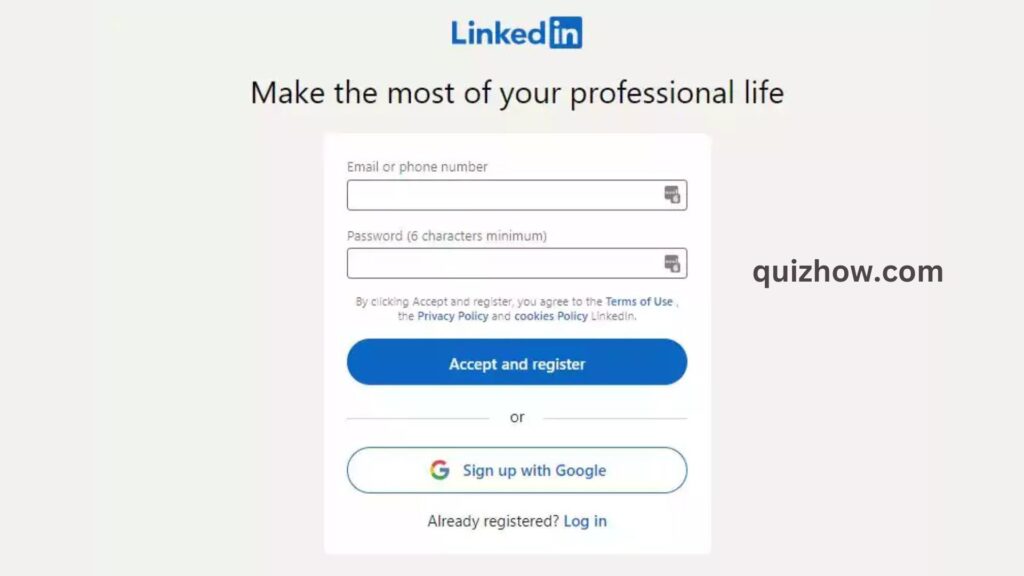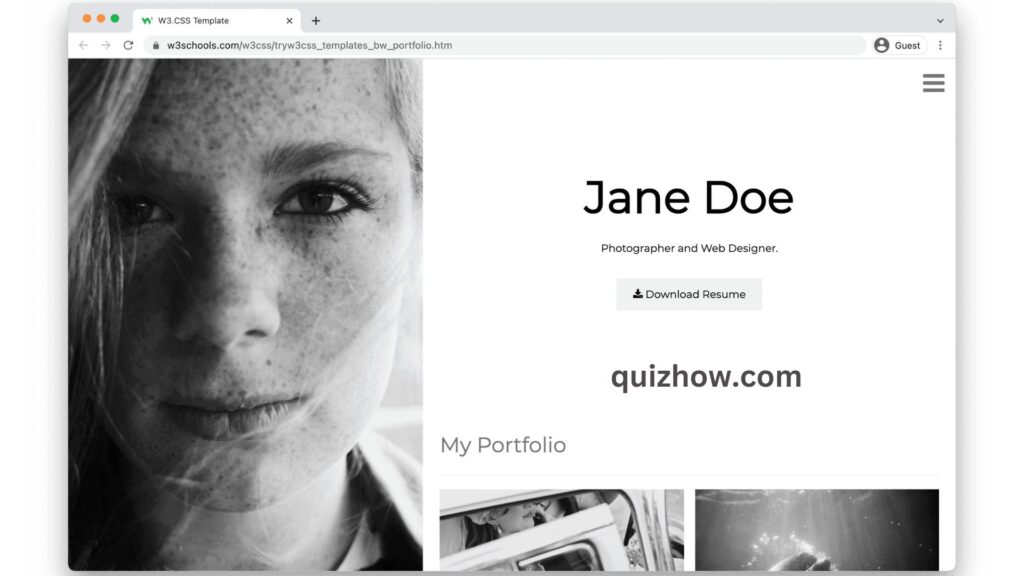Having a professional online profile or portfolio is a great way to make a positive first impression on potential employers. It brings your career history and skills to life in a way that really resonates.
Today, many businesses and employers use social media to build professional relationships, grow their networks, and recruit new talent. LinkedIn is the go-to platform for professionals, boasting millions of members around the globe. With a LinkedIn profile, you can showcase your career achievements, highlight key skills, share your work history, connect with employers, and even get endorsements that boost your career.
A professional portfolio is a collection of work samples that demonstrate your experience and potential for employment and professional growth. While professions like design, product management, development, business analysis, and journalism often require a portfolio during the hiring process, having one can help you stand out to employers in any field.
You can include a link to your profile or portfolio on your CV, add it to job applications or interviews, or share it when networking. It’s a powerful tool for enhancing your professional image!
Create a LinkedIn profile
To get started, you’ll need to sign up for LinkedIn and create your profile. Think of your profile as your digital CV, and since it can be seen by a lot of people, it’s worth putting some time into it. Here are some tips to help you:

- Complete Your Profile: Make your profile as complete as you can. LinkedIn rates profiles from ‘Beginner’ to ‘All Star.’ The more you fill out your profile, the stronger it becomes.
- Use the Profile Meter: Keep an eye on the profile strength meter. A stronger profile helps more people find you in search results.
- Add a Profile Photo: Including a profile photo can boost your profile views and help you get more connection requests. If you need tips, check out our guide on taking a professional profile picture.
- Include Your Current Job: If you’re currently employed, make sure to add your job title. Members with current positions are more likely to show up in recruiter searches.
- Check Your Privacy Settings: Once your profile is complete, review your privacy settings to manage who can see your profile.
For more help on creating a great LinkedIn profile, check out our guide on How Do I Create a Good LinkedIn Profile?
Along with building your profile, you’ll need to have at least 50 connections to reach ‘All-Star’ status. Check out our tips on networking with LinkedIn to help grow your network. Plus, LinkedIn has a helpful online guide with a quick 5-minute video that shows you how to find and add connections.
LinkedIn is also a great resource for job hunting and exploring new opportunities. Don’t forget to look at our tips for finding a job using LinkedIn!
Create an online portfolio
Your portfolio should showcase written and visual examples of projects you’ve worked on or managed. Include insights into your skills, the methods you’ve used, the impact of your work, and any relevant outcomes or lessons you’ve learned. Choose examples that best match the jobs or opportunities you’re interested in. Make sure it’s easy for others to view your portfolio by using simple language and checking for spelling and grammar mistakes.

What to include in your portfolio:
- Personal statement: This is a brief overview of your career journey, inspirations, background knowledge, and career goals.
- Reports and presentations: Include evaluations, research summaries, or visual aids like charts and tables.
- Published articles: Add links or copies of articles where you’re mentioned.
- Photos of your work: Show off products you helped develop or artwork you created for clients.
- Merchandise displays: If relevant, include photos of displays you’ve worked on.
- Awards and certificates: Highlight any recognitions you’ve received.
- Professional licenses: List any relevant licenses you hold.
- References: Provide contact information for personal and professional references or include written endorsements from them.
Also Read: 10 Tips to Enhance Public Speaking
Online portfolio tools, websites, and templates:
While Careers and Employability Services don’t endorse specific sites, here are some examples of online portfolio tools. Some websites charge a fee to create a portfolio, while others offer free versions.
You can create a simple one-page portfolio with sites like About.me, or if you need a multi-page portfolio, try Portfolio Box, which has templates for different fields. You don’t need advanced web skills, but you’ll have to manage and promote your own site. Blogs and templated sites like WordPress give you more control over your digital portfolio. Other tools you might consider are Weebly, Wix, and Prezi.

For more tips on putting together a creative portfolio, check out the Prospects website.
How to make use of your profile or portfolio

You can share your profile or portfolio on social media platforms like Instagram, Facebook, and LinkedIn. Don’t forget to include it on your CV when applying for jobs! Many job sites let you upload your CV, making it visible to employers. You can also send your CV directly to a potential employer. Keep in mind that different industries may have different preferences—some employers are open to speculative applications, while others might only want CVs or portfolios when there’s a job opening.
In fields like psychology, there are professional organizations and websites where practitioners can showcase their services, highlight their specializations, and provide contact information.
Remember, your career is always evolving, so take time to review and update your profile and portfolio regularly. This should include evidence of your continuous professional development (CPD).

Discover more from QuizHow
Subscribe to get the latest posts sent to your email.

